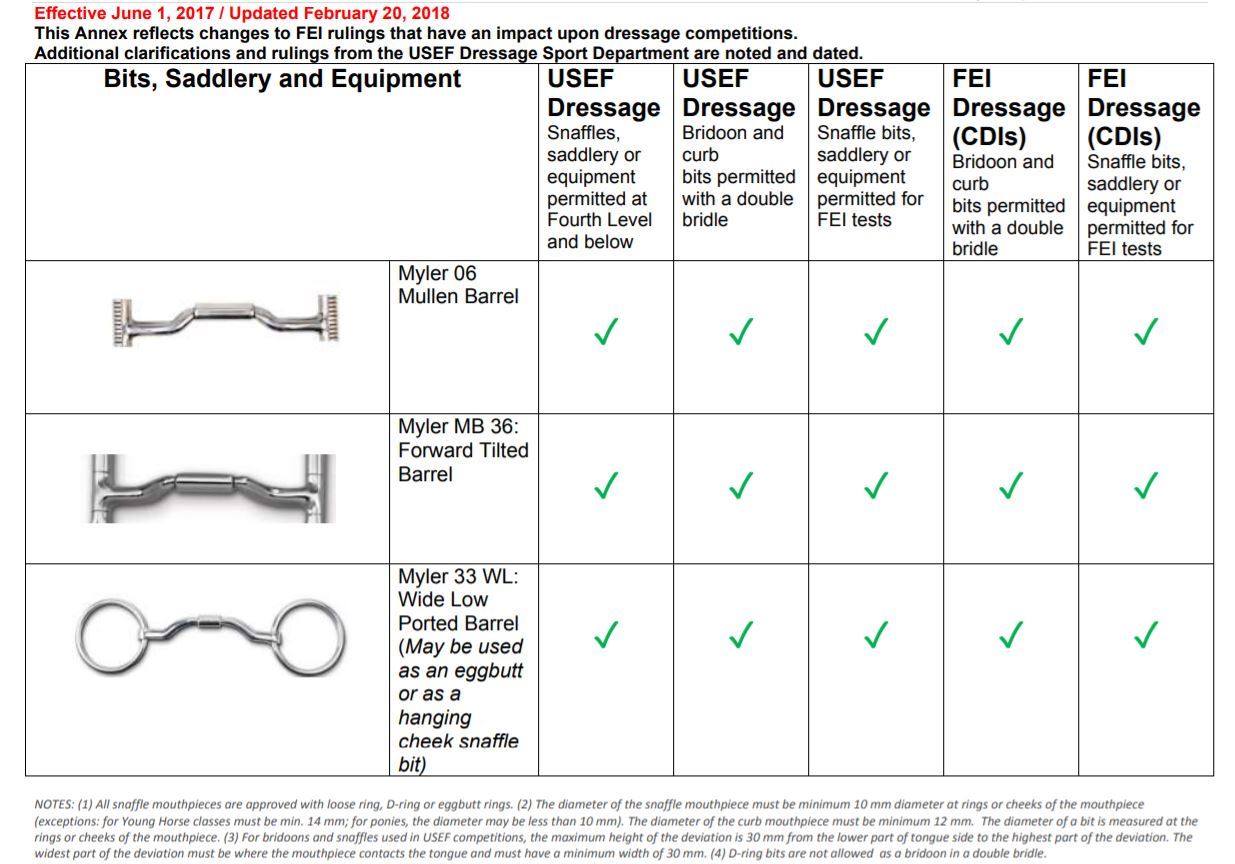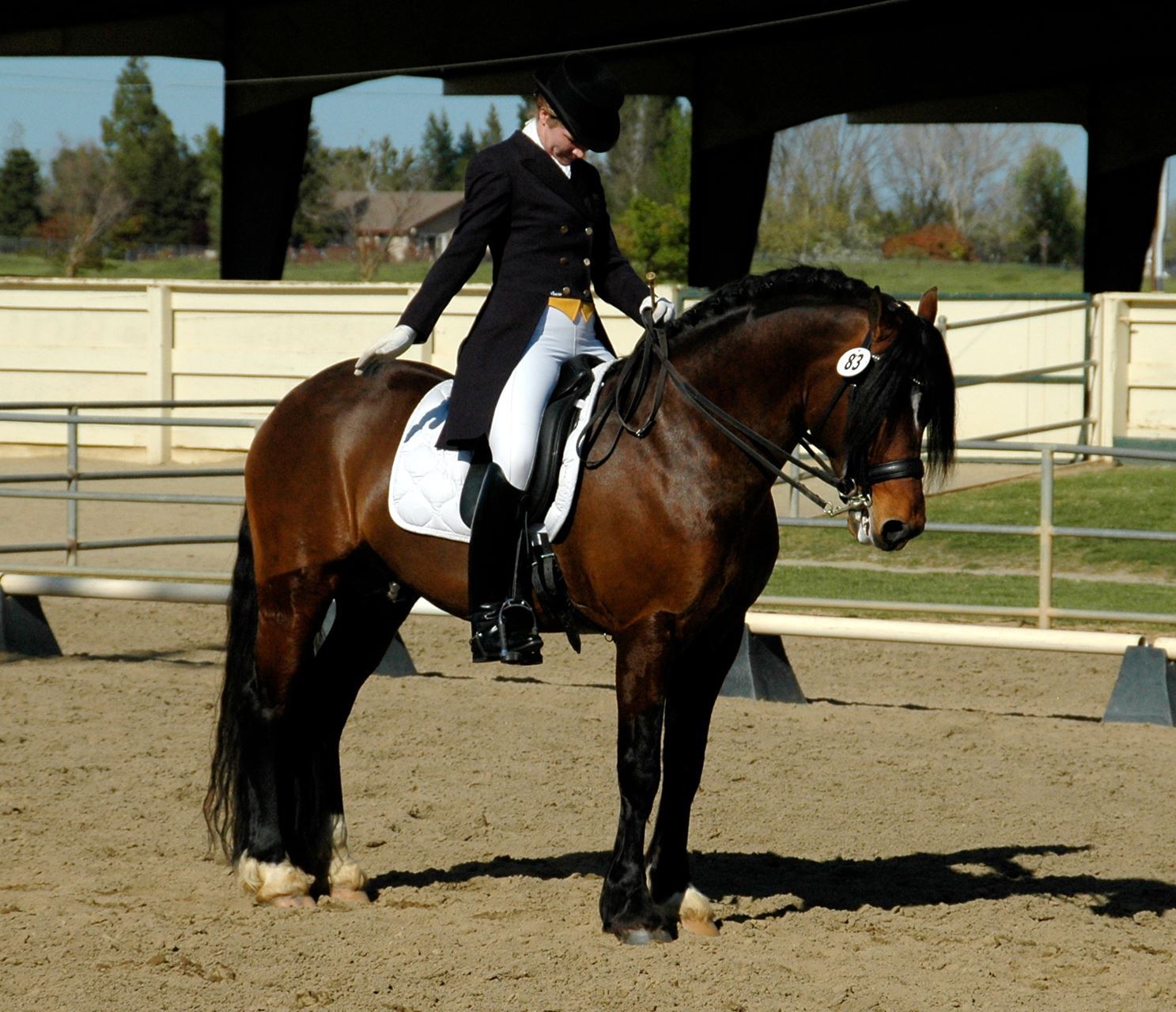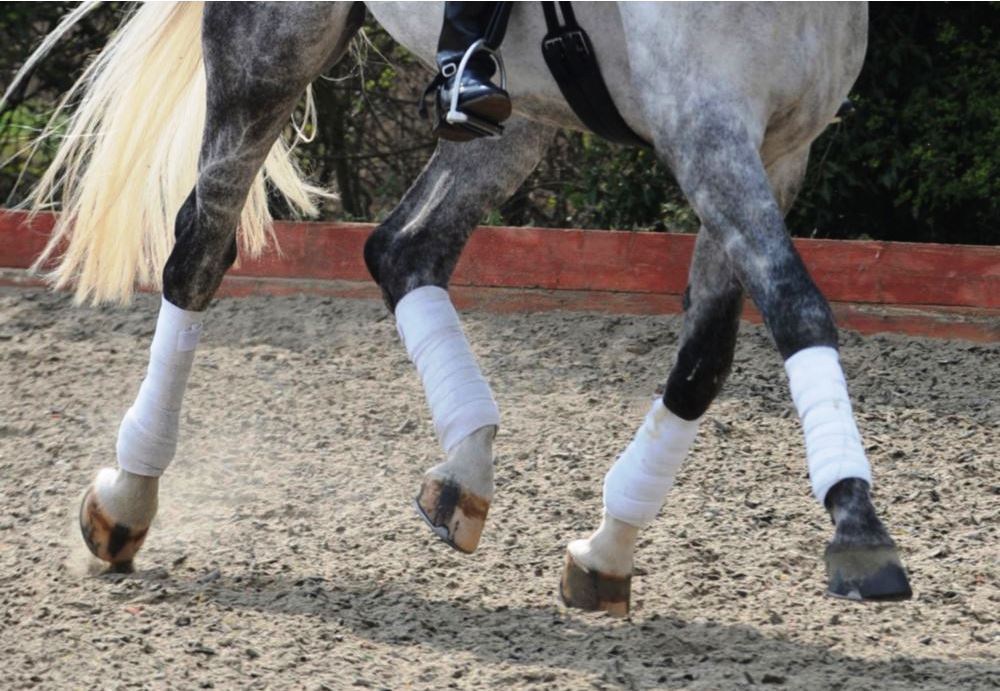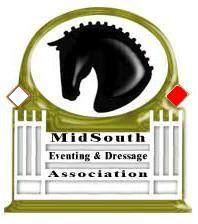Dressage is an entire game devoted to details. Everything from dress to tack to boots to bonnets is under scrutiny, not to mention the horse himself. Dressage horses are supposed to be obedient, supple, willing, athletic … the list goes on and on.
So, you’ve trained to the best of your ability, memorized your test and you’re ready to show the world just what you’ve got. Don’t dim your horse’s star power by making a common dressage mistake!
By Sarah E. Coleman

Here are some of the most common dressage mistakes as told by Janice Holmes, an eventing trainer and USEF “r” judge in eventing. Janice is MSEDA licensed in eventing, stadium and dressage. Janice collected the following rules, stories and experiences from MSEDA competitors and trainers during recent events.
Read on to make sure you don’t make the same mistakes!
Mistake No. 1: Using an illegal bit or piece of equipment.
Be sure to check with USEF Annex A (which can be found
here), says Janice. Listed there are the only legal bits allowed to be used in competition. “Just because your bit was legal last year, it might not be legal this year!” she says. Additionally, just because a bit was legal at a dressage show does not mean it will be legal for eventing, and vice versa.
Simply put: If your bit doesn’t match the pictures, it’s not legal. The same goes for bridles. It is not the warm-up steward or bit check person’s responsibility to make sure your bit is legal.
Mistake No. 2: Not being on time. (EV 136.1.c.4)
You must enter the arena within 45 seconds after the signal, or you will have a 2-point error, notes Janice. After 90 seconds, you may be eliminated. It’s your responsibility to be at your ring at your designated time. “Don’t blame your mom, coach, groom or ring steward [for your being late],” says Janice. “Wear a watch and check it!”

Mistake No. 3: Not placing both reins in one hand and saluting the judge at the end of your test. EV134.5
Some riders get so excited by the wonderfulness of surviving the dressage test that they start petting their horse and forget to salute, Janice explains. While this is cute, it’s still a 2-point deduction. “Get to some semblance of a halt and salute,” she recommends. If your horse isn’t perfectly still, go head and salute anyway.
Mistake No. 4 Entering the area around or in the dressage arena with boots or leg protection used to result in an elimination—now riders received a 2-point deduction. EV136.1.c.1
When the judge notices you have leg protection on your horse, you will be halted and someone can remove the boots, then you are allowed to continue. “One rider entered with a quarter sheet on on a cold day and tried to remove it herself,” Janice said. “It went flying off like a magic carpet and a handy spectator tackled it before it spooked another horse!” Great save!!

Mistake No. 5 Don’t enter the arena before the bell (or signal).
Some competitors are so eager for the test to start that they come in before the signal. This is a 2-poinyt deduction as well. Be sure that you know if your judge has a bell, whistle, car horn, dog squeaky toy or bicycle jingle bell, Janice advises.
“The judge may be doing the collections for the person ahead of you and may not be watching your stellar center line, so make sure she is looking up! Many judges do a second signal, such as waving, tipping their hat or standing up. You may ask “Is that my signal?’” Janice says. Most judged will nod.
Mistake No. 6 Leaving the arena before the test is finished. EV136.2.6.5
All four feet must leave the arena (usually at A) for elimination. If you are quick and pull the horse back in before all four feet get out, the score is only reflected for that movement. If all four feet leave the arena, you should ask permission continue; most judges will grant you permission to finish the test, but you are still eliminated. Then, you must go to the show office and ask permission to continue to the other phases. The usual ruling is “OK to continue, but one stop and you are out,” Janice says.
*Mistake No. 7 No use of the voice. EV134.7
* Use of the voice is allowed in Western Dressage, which can catch many by surprise. This will be discussed in a later MSEDA article.
You will have 2 points deducted per movement when a judge hears your voice. “This means no clucking, chirping, praising, laughing, crying or whining during the test!” says Janice. “We can hear you even in a stiff wind, so be careful not to cluck.”
“In theory, you can lose 2 points per movement, so in Beginner Novice A, there are 14 movements and if you clucked for the movements or whoa’d for the movements, you could lose 28 points! Yikes!” reminds Janice.
Special thanks to Janice Holmes for addressing a very serious matter in such a candid, kind way. We are deeply thankful for your insight (and humor!)
Have a dressage faux paus you want to share? Email it to MSEDA e-news editor Nikki Seto at nikki.w.seto@gmail.com.
